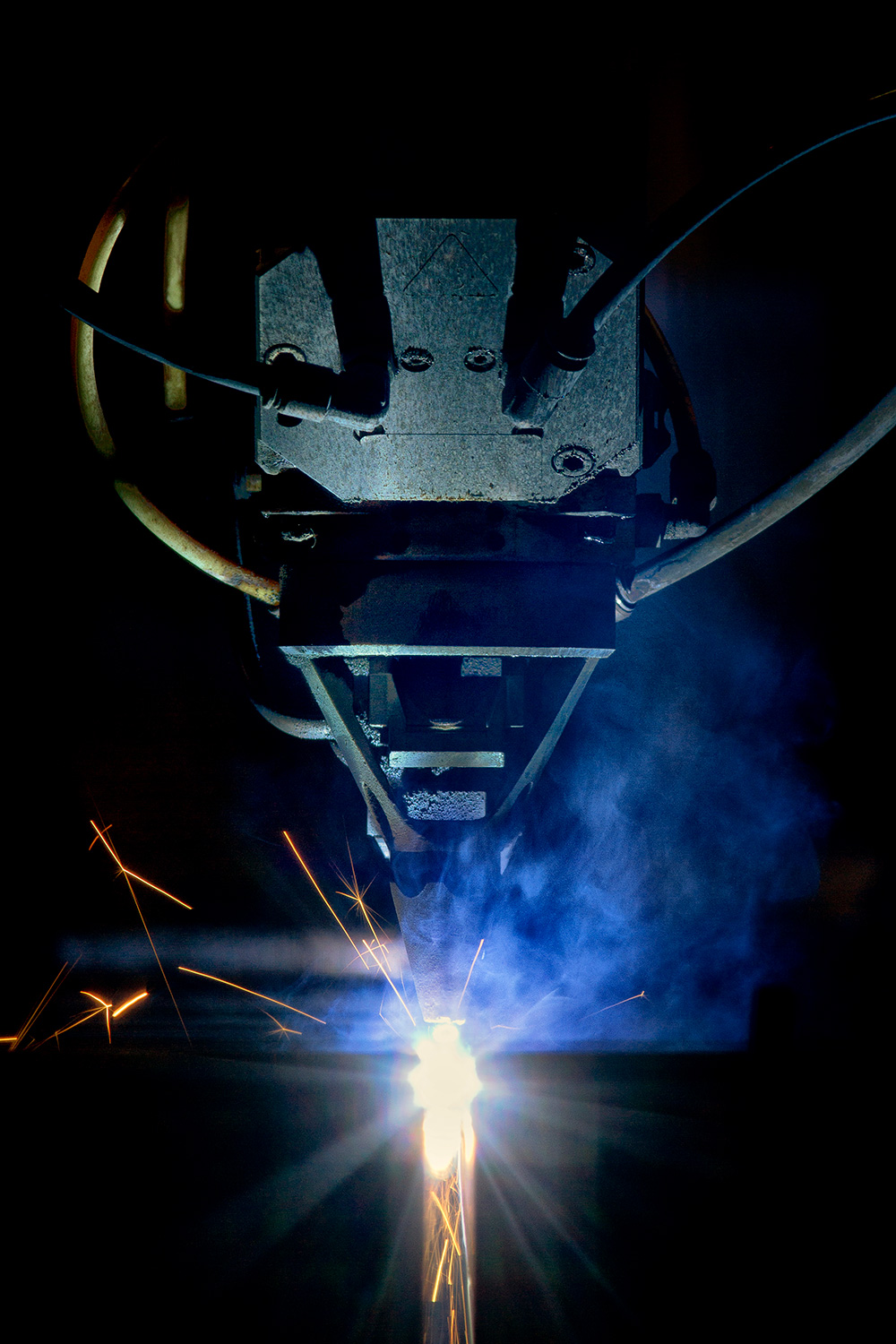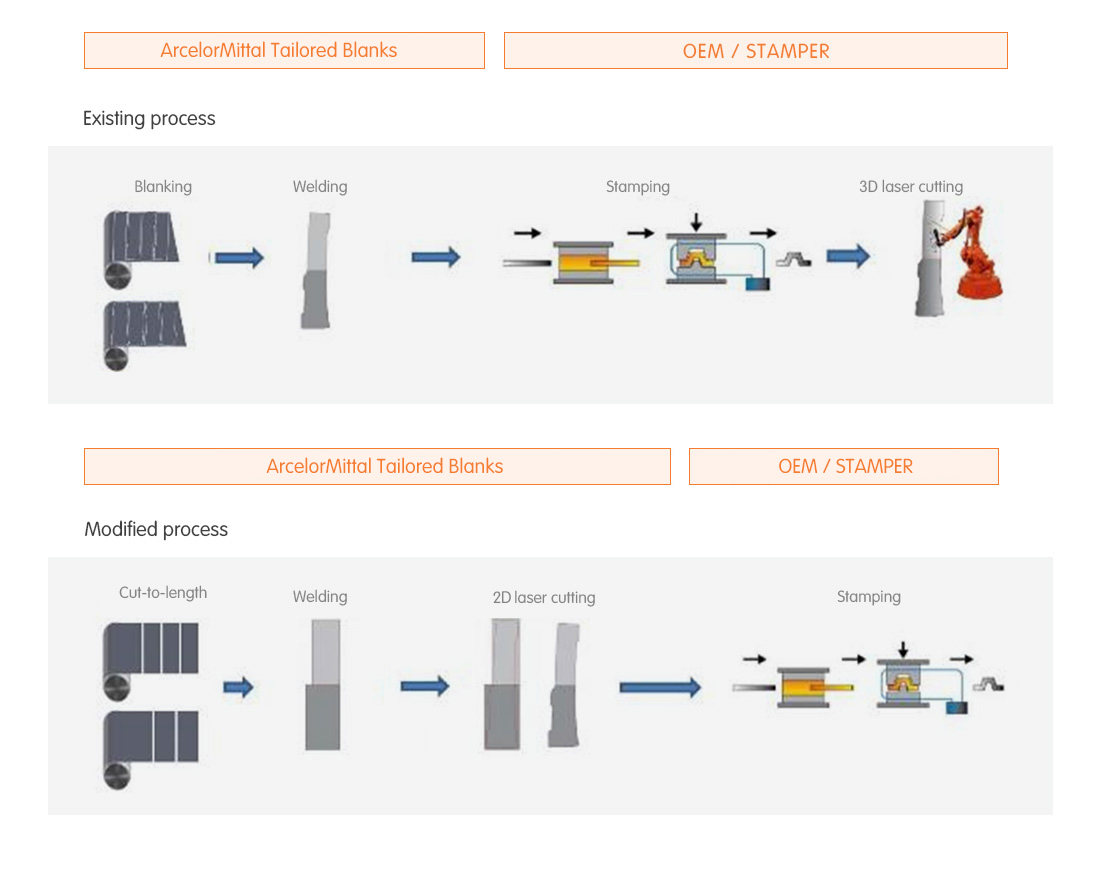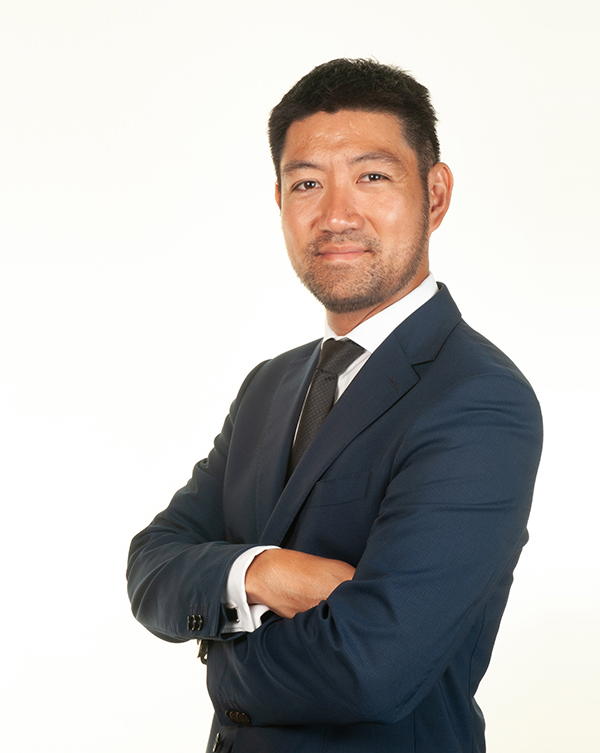
ArcelorMittal Europe – Flat Products

ArcelorMittal Europe – Flat Products

LWBs combine different grades and thicknesses to create parts which ensure the right steel is in the right place for strength and ductility
The global automotive sector is increasingly embracing LWB (Laser Welded Blanks) technology to create high strength, low weight parts. When combined with hot stamping, LWBs ensure the right steel is in the right place for safety and strength. But once a part is hot stamped, it is no longer possible to use mechanical cutting to obtain the precise geometries required. To avoid this limitation, the part is typically trimmed using a three-dimensional (3D) laser. However, this is significantly more expensive than mechanical cutting.
Tailored Blanks’ new technology delivers the tight tolerances automakers need, without using dies or 3D laser cutting. This reduces both processing and investment costs at the same time.

The new process eliminates the blanking step at Tailored Blanks and the need for 3D laser cutting by the OEM
With the new process, there is no need for dies or hard tooling. This brings two advantages for OEMs: there is no need to invest in blanking dies and they have the flexibility to change the blank geometry without having to re-invest in dies. “Removing the need for dies enables manufacturers to change their part design easily,” notes Rodolfo Ito.

Rodolfo Ito

Niko Van Der Borght
Tailored Blanks’ new process is already available for ArcelorMittal’s premier hot stamping grades Usibor® 1500 and Ductibor® 500. “It has been hugely popular with OEMs and the first lines to use the new technology are already filling quickly,” says Niko Van Der Borght, Director of Programs and Projects at Tailored Blanks. “Our next step is to refine the process so we can take advantage of our new Usibor® 2000 and Ductibor® 1000 grades which were released in 2017.”
The following table shows the in-use properties of Usibor® 1500 and Ductibor® 500.
| Usibor® 1500 | Ductibor® 500 | |
|---|---|---|
| Tensile strength (MPa): | 1400 – 1600 | 550 – 700 |
| Yield strength (MPa): | 1000 – 1200 | 370 – 470 |
| Elongation (%): | ≥ 6 | ≥ 16 |
To read the full article,
Click here